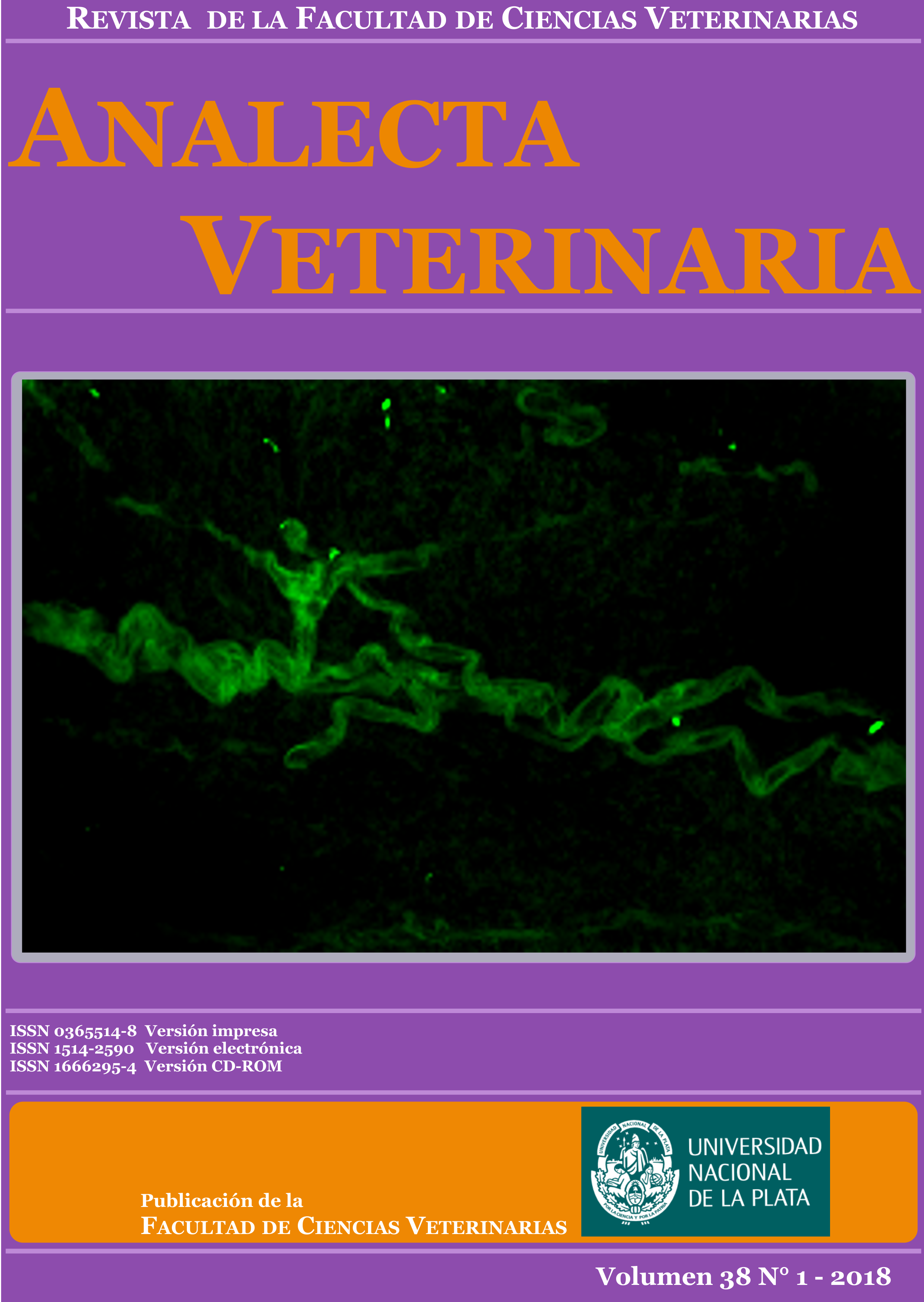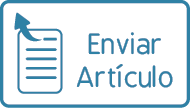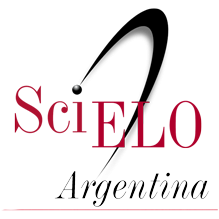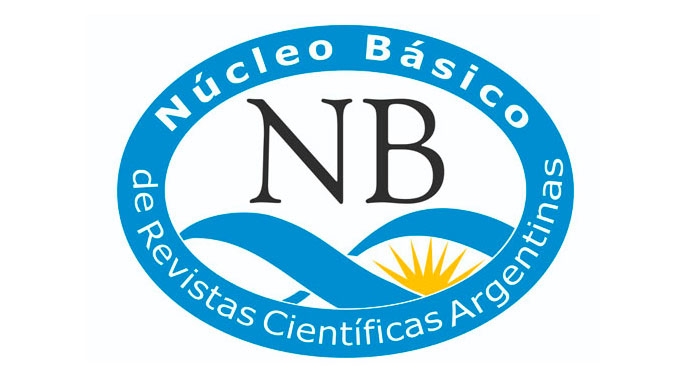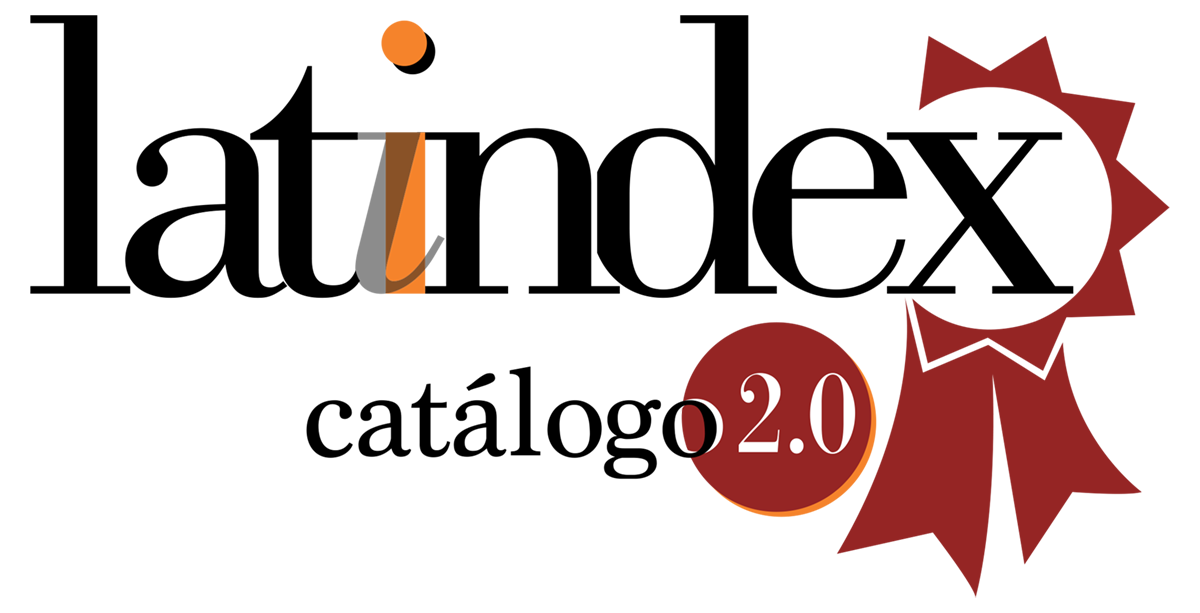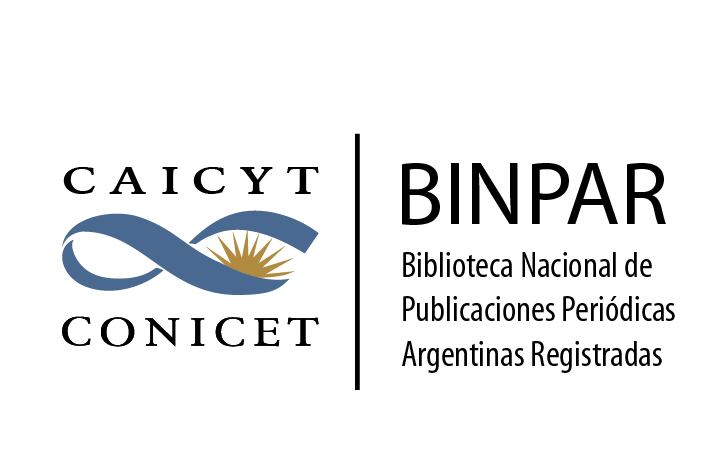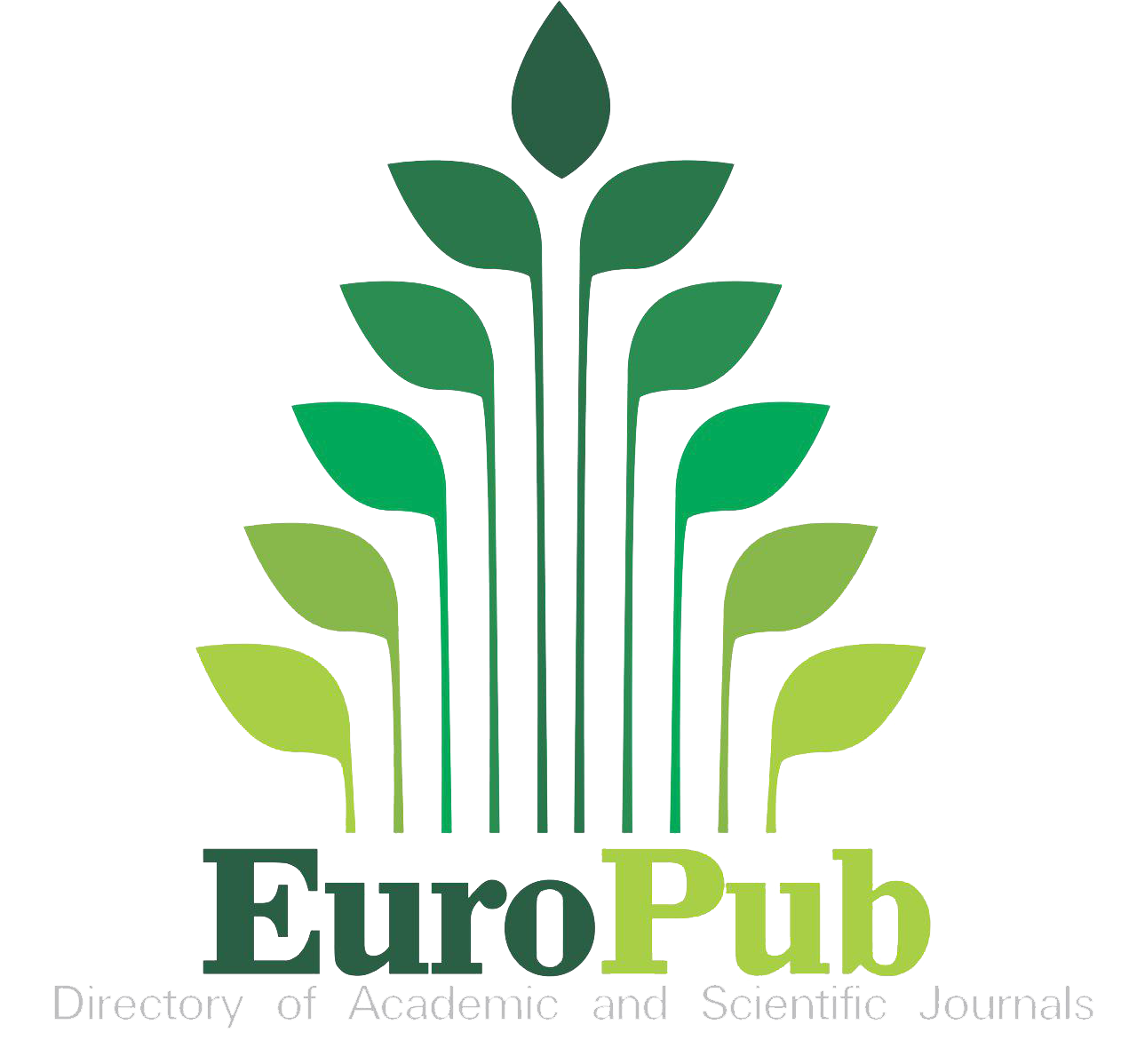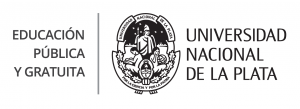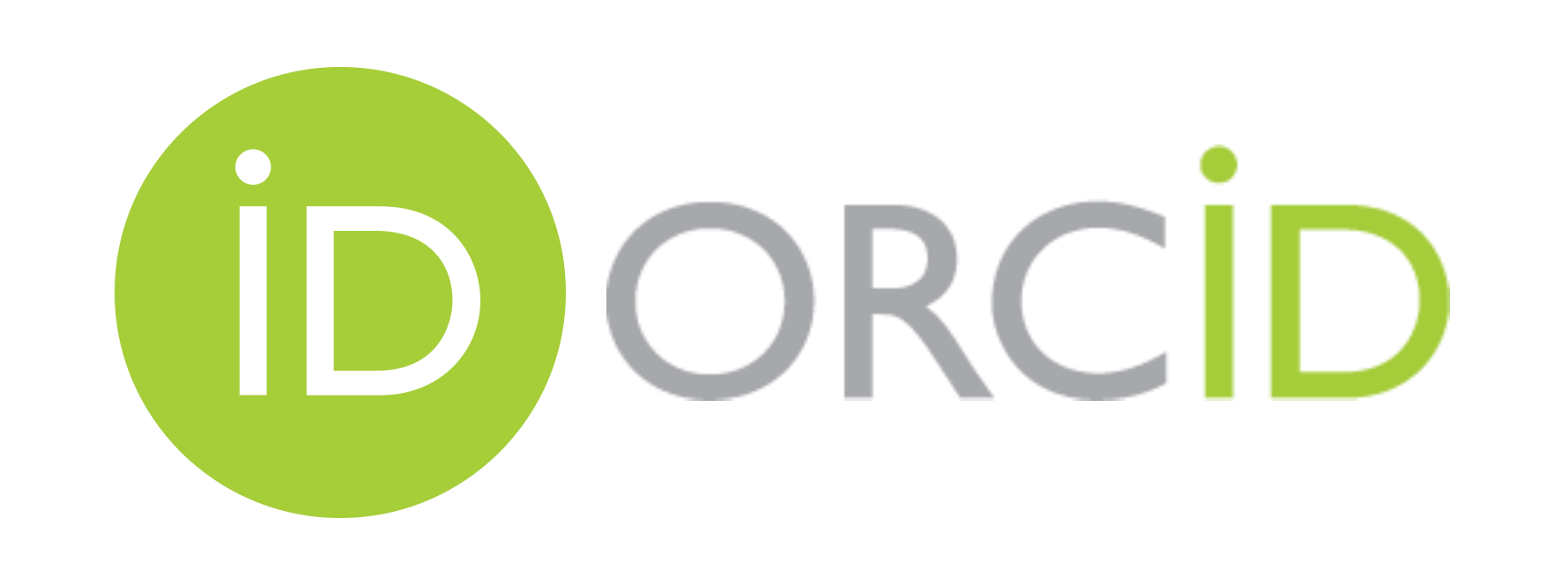Efecto de la adición de agua electroactivada a la bebida de bovinos de engorde a corral (feedlot), en un establecimiento de la provincia de Buenos Aires
DOI:
https://doi.org/10.24215/15142590e020Palabras clave:
agua electroactivada, feedlot, bovinos, E. coli, Salmonella spp., promotor de crecimientoResumen
El objetivo general del trabajo fue evaluar el efecto del consumo de agua electroactivada (AE) en bovinos de engorde a corral (feedlot); los objetivos particulares fueron: 1. determinar la presencia de E. coli O157 y de Salmonella spp. en materia fecal y 2. determinar su eficiencia como promotora de crecimiento. Se utilizaron 150 bovinos divididos en 4 lotes (L). El L1 fue tratado con 0,3 %, 1,5 % y 3,0 % de AE; el L2 con 0,3 % y 1,5 %; el L3 con 0,3 % y el L4 no fue tratado. En cada visita se pesaron los animales y se obtuvieron muestras de materia fecal, y en la última también de sangre. En materia fecal se determinó la presencia de E. coli O157 y de Salmonella spp. En sangre se determinaron: pH, bicarbonato, sodio, potasio, cloro y hemoglobina total. Para el procesamiento de datos estadísticos se utilizó el programa Infostat. Con respecto a la ganancia de peso, la tendencia a favor del L2 y L3 a los 60 días de tratamiento, podría deberse al efecto promotor de crecimiento por el consumo de AE. Las muestras de materia fecal resultaron positivas para E. coli O157 en 3,3 % para el L2 a los 60 días, y para Salmonella spp. en 3,3 % y 1,6 % para los L3 y L4 a los 90 días de tratamiento, respectivamente. No se evidenciaron alteraciones en los valores de referencia de los parámetros sanguíneos evaluados. La adición de AE en el agua de bebida de bovinos de feedlot podría ser utilizada como promotora de crecimiento.
Referencias
Abu Aboud OA, Adaska JM, Williams DR, Rossitto PV, Champagne JD, Lehenbauer TW, Atwill R, Li X, Aly SS. 2016. Epidemiology of Salmonella sp. in California cull dairy cattle: prevalence of fecal shedding and diagnostic accuracy of pooled enriched broth culture of fecal samples. PeerJ. 30(4):e2386. doi: 10.7717/peerj.2386
Agga GE, Arthur TM, Schmidt JW, Wang R, BrichtaHarhay DM. 2016. Diagnostic accuracy of rectoanal mucosal swab of feedlot cattle for detection and enumeration of Salmonella enterica. Journal of Food Protection. 79(4):5317. doi: 10.4315/0362028X.JFP15409
Bartholomew ML, Heffernan RT, Wright JG, Klos RF, Monson T, Khan S, Trees E, Sabol A, Willems RA, Flynn R, Deasy MP, Jones B, Davis JP. 2004. Multistate outbreak of Salmonella enterica serotype enteritidis infection associated with pet guinea pigs. VectorBorne and Zoonotic Diseases. 14(6):41421. doi: 10.1089/vbz.2013.1506
Bartolomé D, Posado R, Rodríguez L, Bueno F, Olmedo S, García JJ, MartínDiana AB. 2011. Efecto higienizante del agua electrolizada sobre el agua de bebida y la calidad higiénico sanitaria de la leche. AIDA, XIV Jornadas sobre Producción Animal. Zaragoza. España. Tomo I:1618.
Biruhtesfa A, Degmawi P, Mesele A, Genene T, Dereje H, Surafel K, Kebede A. 2017. Occurrence of Escherichia coli O157:H7 in cattle feces and contamination of carcass and various contact surfaces in abattoir and butcher shops of Hawassa, Ethiopia. BioMed Central Microbiology. 17:24. doi: 10.1186/s1286601709381
Botta C, Ferrocino I, Cavallero MC, Riva S, Giordano M, Cocolin L. 2018. Potentially active spoilage bacteria community during the storage of vacuum packaged beefsteaks treated with aqueous ozone and electrolyzed water. International Journal of Food Microbiology. 266:33745. doi: 10.1016/j.ijfoodmicro.2017.10.012
Bouchrif B, Le Hello S, Pardos M, Karraouan B, PerrierGrosClaude JD, Ennaji MM, Timinouni M, Weill FX. 2009. Ceftazidimeresistant Salmonella enterica, Morocco. Emerging Infectious Diseases. 15(10):16935. doi: 10.3201/eid1510.090247
Caprioli A, Morabito S, Brugere H, Oswald E. 2005. Enterohaemorrhagic Escherichia coli: emerging issues on virulence and modes of transmission. Veterinary Research. 36(3): 289311. doi: 10.1051/vetres:2005002
Código alimentario argentino (Ley N° 18284/69), artículo 255. Capítulo VI. Alimentos cárneos y afines. CAA. Disponible en: http://www.anmat.gov.ar/alimentos/codigoa/Capitulo_VI_2017.pdf. Fecha de acceso: 201217
Dargatz DA, Kopral CA, Erdman MM, FedorkaCray PJ. 2016. Prevalence and antimicrobial resistance of Salmonella isolated from cattle feces in United States feedlots in 2011. Goodborne Pathogen and Disease. 13(9):4839. doi: 10.1089/fpd.2016.2128
DeanNystrom EA, Bosworth BT, Cray WC Jr, Moon HW. 1997. Pathogenicity of Escherichia coli O157:H7 in the intestines of neonatal calves. Infection and Immunity. 65(5):18428.
D'Amico, T. 2003. The drinking water facts. Health_BioNatural_The_Drinking_Water_FACT S.pdf. Disponible en: http://members.iinet.net.au/~sambrod/ . Fecha de acceso: 19/12/17.
Ekong PS, Sanderson MW, Cernicchiaro N. 2015. Prevalence and concentration of Escherichia coliO157 in different seasons and cattle types processed in North America: A systematic review and metaanalysis of published research. Preventive Veterinary Medicine. 121(12):7485. doi: 10.1016/j.prevetmed.2015.06.019
Envirolife. Instalación del primer equipo de Aguas Electroactivadas en Catamarca. Disponible en: http://envirolife.com.ar/aguaselectroactivadasequipo/. Fecha de acceso: 191217
European Food Safety Authority (EFSA). Scientific report of EFSA. 2009. Technical specifications for the monitoring and reporting of verotoxigenic Escherichia coli (VTEC) on animals and food (VTEC surveys on animals and food). doi: 10.2903/j.efsa.2009.1366
Ferens WA, Hovde CJ. 2011. Escherichia coliO157:H7: animal reservoir and sources of human infection. Foodborne Pathogen and Disease. 8(4): 46587. doi: 10.1089/fpd.2010.0673
Ferguson JD, Remsberg D, Wu Z. 2008. Influence of electrolyzed alkaline water on milk production in dairy cows. Journal of Animal Science. 91:609.
Fey PD, Safranek TJ, Rupp ME, Dunne EF, Ribot E, Iwen PC, Bradford PA, Angulo FJ, Hinrichs SH. 2000. Ceftriaxoneresistant Salmonella infection acquired by a child from cattle. The New England Journal of Medicine. 342(17):12429. doi: 10.1056/NEJM200004273421703
FSIS. 2017. Directive 7120.1. Rev. 43. Safe and suitable ingredients used in the production of meat, poultry, and egg products.
Herikstad H, Motarjemi Y, Tauxe RV. 2002. Salmonella surveillance: a global survey of public health serotyping. Epidemiology & Infection. 129(1):18. doi: 10.1017/S0950268802006842
Holcroft JJMS. 2003. Effect of anolyte on broiler performance. Tesis de Maestría de Filosofía. Universidad de Stellenbosch. South Africa. Hughes P, Heritage J. Antibiotic growthpromoters in food animals. Disponible en: http:// www.fao.org/docrep/ARTICLE/AGRIPPA/555_EN.HTM. Fecha de acceso: 191217.
Ichinohe T, Gotou M, Fujihara T. 2004. Influences of basic electrolyzed water on water absorption, ruminal environment, microbial yield and nitrogen balance in sheep. Animal Science Journal. 75: 6776.
Inagaki H, Shibata Y, Obata T, Kawagoe M, Ikeda K, Sato M, Toida K. 2011. Effects of slightly acidic electrolysed drinking water on mice. Laboratory Animals, 45(4):2835. doi: 10.1258/la.2011.010122
Karmali MA, Gannon V, Sargeant JM. 2010. Verocytotoxinproducing Escherichia coli (VTEC). Veterinary Microbiology. 140(34):36070. doi: 10.1016/j.vetmic.2009.04.011
Leotta GA, Chinen I, Epszteyn S, Miliwebsky E, Melamed IC, Motter M. 2005. Validation of a multiplex PCR for detection of Shiga toxinproducing Escherichia coli. Revista Argentina de Microbiología. 37(1):110.
Morita C, Nishida T, Ito K. 2011. Biological toxicity of acid electrolyzed functional water: Effect of oral administration on mouse digestive tract and changes in body weight. Archives Oral Biology. 56(4):35966. doi: 10.1016/j.archoralbio.2010.10.016
NarváezBravo C, Miller MF, Jackson T, Jackson S, RodasGonzalez A, Pond K, Echeverry A, Brashears MM. 2013. Salmonella and Escherichia coli O157:H7 prevalence in cattle and on carcasses in a vertically integrated feedlot and harvest plant in Mexico. Journal of Food Protection. 76(5):78695. doi: 10.4315/0362028X.JFP12079
O’Brien SB, Duffy G, Carney E, Sheridan JJ, McDowell DA, Blair IS. 2005. Prevalence and numbers of Escherichia coli O157 on bovine hides at a beef slaughter plant. Journal of Food Protection. 68(4):6605.
Paiba GA, Gibbens JC, Pascoe SJ, Wilesmith JW, Kidd SA, Byrne C, Ryan JB, Smith RP, McLaren M, Futter RJ, Kay AC, Jones YE, Chappell SA, Willshaw GA, Cheasty T. 2002. Faecal carriage of verocytotoxinproducing Escherichia coli O157 in cattle and sheep at slaughter in Great Britain. Veterinary Record. 150(19): 5938.
Perry JJ, Yousef AE. 2011. Decontamination of raw foods using ozonebased sanitization techniques. Annual Review of Food Science and Technology. 2: 28198. doi: 10.1146/annurevfood022510133637
Ramoneda M, Foncuberta M, Simón M, Sabaté S, Herrera S, Landa B, Musté N, Martí R, Trabado V, Carbonell O, Vila M, Espelt M, Ramírez B, Durán J. 2013. Prevalence of verotoxigenic Escherichia coli O157 (VTEC O157) and compliance with microbiological safety standards in bovine carcasses from an industrial beef slaughter plant. Letter in Applied Microbiology. 56(6):40813. doi: 10.1111/lam.12062
Roy R, Higgins R, Fortin M, Tardif S. 2001. Salmonella give infection in 2 dairy herds. Canadian Veterinay Journal. 42(6):46870.
Smith AB, Renter DG, Cernicchiaro N, Shi X, Nagaraja TG. 2016. Prevalence and quinolone susceptibilities of Salmonella isolated from the feces of preharvest cattle within feedlots that used a fluoroquinolone to treat bovine respiratory disease. Foodborne Pathogen and Disease. 13(6): 3038. doi: 10.1089/fpd.2015.2081
Surdu I, Vatuiu I, Jurcoane S, Ciocîrlan A. 2008. Modern methods ensuring sanitary veterinary protection for animal farms, based on using of electrolyzed water. 7th International Symposium of Animal Nutrition and Biology. Balotesti. Rumania. 2526 September. Disponible en: http://www.envirolytecanada.com/wpcontent/uploads/2015/03/EnvrioNizeEnvirolytePoultryCaseStudyAbstractModernmethodssanitaryveterinaryprotectionusingELECTROLYZEDWATERRomanias.pdf. Fecha de acceso: 191217
Tabernero de Paz MJ, Bodas R, Bartolomé D, Posado R, García JJ, Olmedo S. 2013. Agua electrolizada como higienizante en producción animal: efectos en sanidad y productividad. Revista Archivos de Zootecnia. 62(R):1323.
Venkitanarayanan KS, Ezeike GO, Hung YC, Doyle MP. 1999. Efficacy of electrolyzed oxidizing water for inactivating Escherichia coli O157:H7, Salmonella enteritidis, and Listeria monocytogenes. Applied and Environmental Microbiology. 65(9):42769.
Wray C, Wary A. 2000. Salmonella in domestic animals. Wallingford, CABI Publishing.
Yanagihara T, Arai K, Miyamae K, Sato B, Shudo T, Yamada M, Aoyama M. 2005. Electrolyzed hydrogensaturated water for drinking use elicits an antioxidative effect: a feeding test with rats. Bioscience Biotechnology Biochemistry. 69(10): 19857. doi: 10.1271/bbb.69.1985
Descargas
Publicado
Número
Sección
Licencia
Los autores/as conservan los derechos de autor y ceden a la revista el derecho de la primera publicación, con el trabajo registrado con la licencia de atribución de Creative Commons, que permite a terceros utilizar lo publicado siempre que mencionen la autoría del trabajo y a la primera publicación en esta revista.

Analecta Veterinaria por Facultad de Ciencias Veterinarias se distribuye bajo una Licencia Creative Commons Atribución-NoComercial-SinDerivar 4.0 Internacional.

